Red Beauty Holly
$44.50 Original price was: $44.50.$31.15Current price is: $31.15.
- Free Shipping over $25
- Fast & reliable delivery options
- Enjoy top quality items for less
- Multiple safe payment methods

It is not often that you get to plan out your landscape, or even buy a select plant for a specific spot; so when you do it is all the more important to get it right. There is always plenty to consider, from the amount of sunlight the position will provide, to the qualities of the soil and the height and width you would like to fill. Having large shapely shrubs can provide many positives to your landscape but there are so many options that choosing the right one can be a minefield. This holly hybrid has plenty of positives to choose from and can provide a level of interest that few, if any, other holly bushes can match. With its lovely self-forming conical shape ‘Red Beauty’ looks as though it would be at home in the gardens of the Queen of Hearts in Alice in Wonderland, or gracing the walls of any fairytale castle.
Upright and compact, with a rounded bottom and nicely pointed top, it is a unique proposition for hedging and screening and will attract bees and birds to your garden. Planting it alongside the Ilex ‘Blue Prince’ will ensure a fabulous abundance of the small red berries that have become synonymous with the festive season, not to mention being loved by our winged friends as an important source of food in the cooler months.
We are pleased to say we carry the ‘Blue Prince’ elsewhere on the site, so if you would like to bear witness to the lovely red berries then it is important to make this part of your garden also; the female flowers of the ‘Red Beauty’ need to be pollinated by insects that have also paid a visit to the male flowers on the ‘Blue Prince’.
History and Origins of the Red Beauty Holly
The holly bush is naturally found in Western Asia and Europe but has its roots firmly placed in botanical history, with its ancestors appearing 66 million years ago. It is generally found forming clumps and clusters in shady places and is quite fond of untouched or recovering earth, which is why it is often referred to as a pioneer plant that’s among the first to re-appear in deforested areas. As a very adaptable bush it can be found in a multitude of places, from forests to cliffs and mountain gorges. Oftentimes the holly is not considered winter hardy but this particular hybrid is able to withstand lower temperatures than most other examples, and so enjoys a wider planting range in the USDA hardiness zones.
There is a very good reason for why this hybrid exists and 22 years in the making is testament to that, with a story beginning in 1982 when Dr Orton felt there could be something far better than the tall, rangy hollies native to the US he had planted in his own garden. He knew the qualities he wanted:
– Pest resistance
– Compact
– Well displayed berries and lots of them
– Shiny dark foliage maintaining color in winter
– East coast hardy
– Beautiful pyramidal shape
– Low maintenance
And so, after much work and patience, we were presented with Ilex x Rutzan ‘Red Beauty’, a combination of all the best qualities of three different holly plants – Ilex aquifolium, Ilex rugosa and Ilex pernyi. And what a fabulous and welcome combination this is, with its dark blue-green glossy leaves that do not fade in color when the berries are in full show like so many other holly plants. Reaching heights of up to ten feet, and a base width of up to eight feet when mature, it achieves its highly unique conical shape with little to no intervention from you whatsoever.
Planting Your Red Beauty Holly Bush
When planting, it is still wise to find a position that provides shelter from the cold winter winds, and ideally one with neutral to acidic soil. Soil that is too alkaline could cause yellowing of the leaves and eventual death, and so it should be avoided. Well drained sandy or loamy soils are both tolerated and unlike most holly species, this is quite happy in full sun. It will not thank you for full shade, though, requiring a portion of full light each day. Moisture is a must and the holly must not be allowed to dry out, so be sure to undertake a regular watering regime especially in the summer months.
There is an awful lot to like about these highly structured and compact plants with their tiny white flowers, lush evergreen foliage, proliferation of berries and spectacular shape that requires you to do precisely nothing to achieve. It will bring you many years of pleasure and greenery whilst acting as a much needed food source for bees in spring and birds in fall. Just fabulous.
Be the first to review “Red Beauty Holly” Cancel reply
Related products
Evergreen Trees
Evergreen Trees
Evergreen Trees
Arborvitae Trees
Evergreen Trees
Evergreen Trees
Evergreen Trees
Cedar Trees

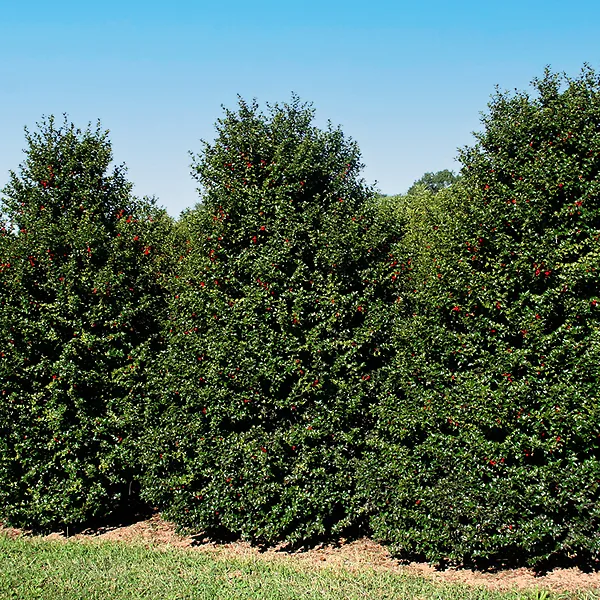
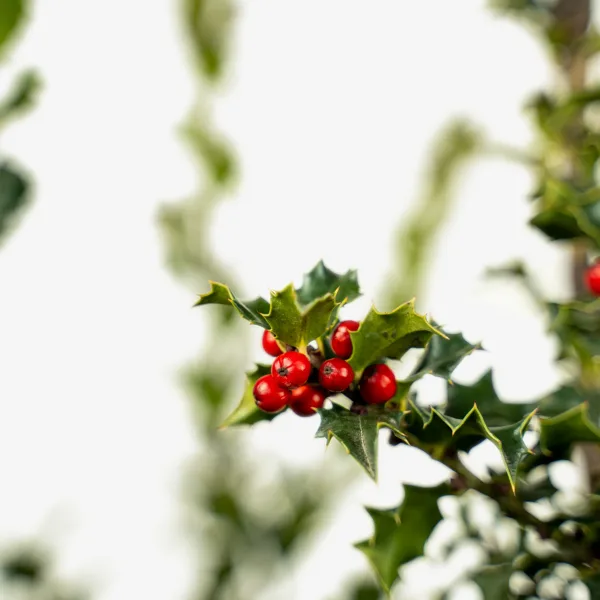

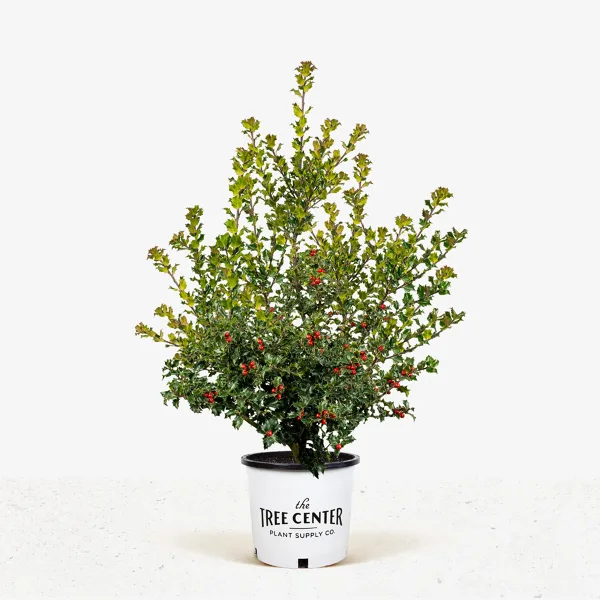
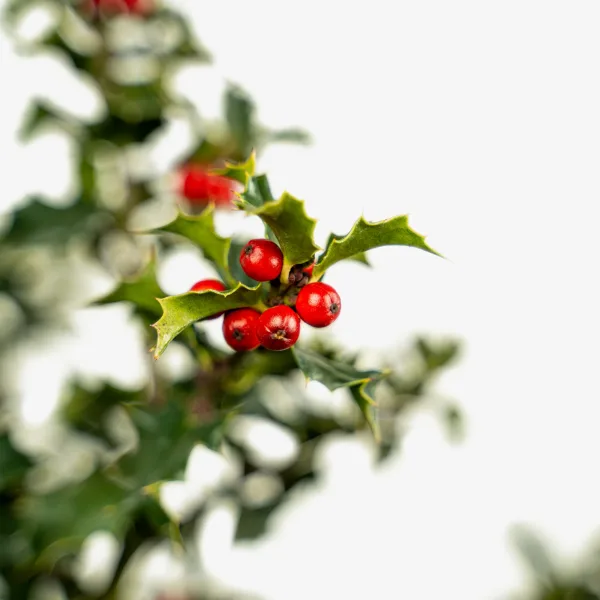


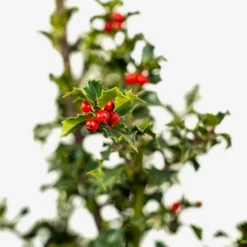









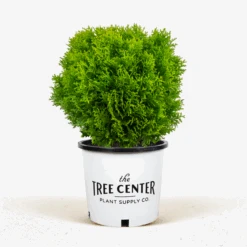

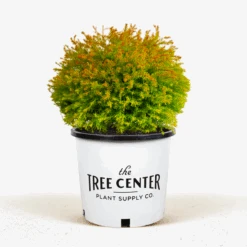
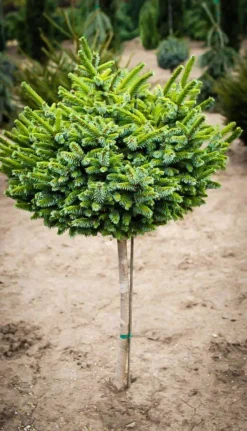
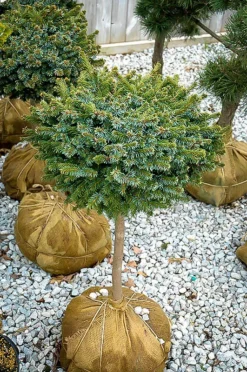

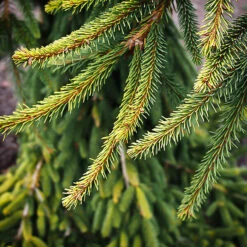


Reviews
There are no reviews yet.